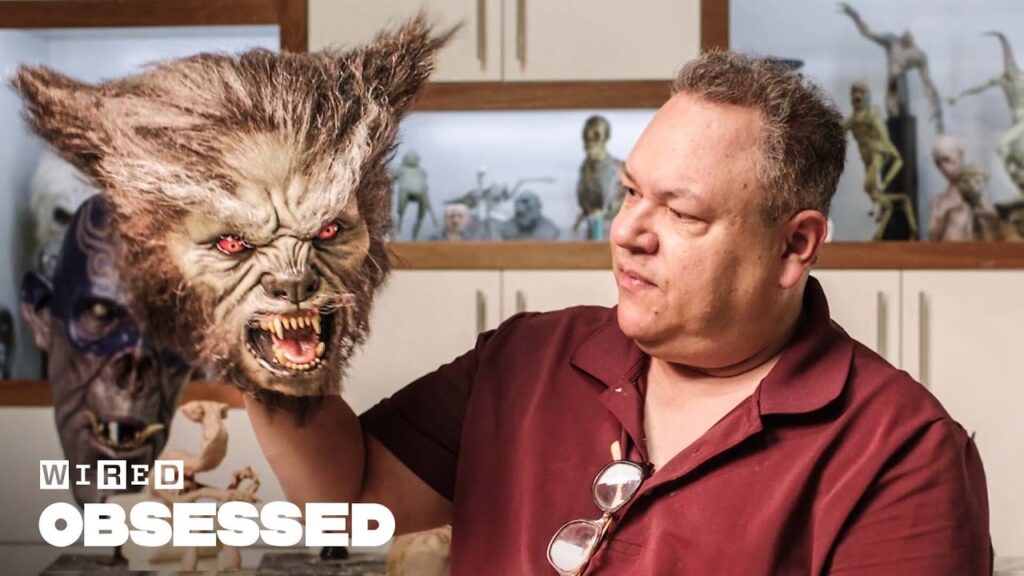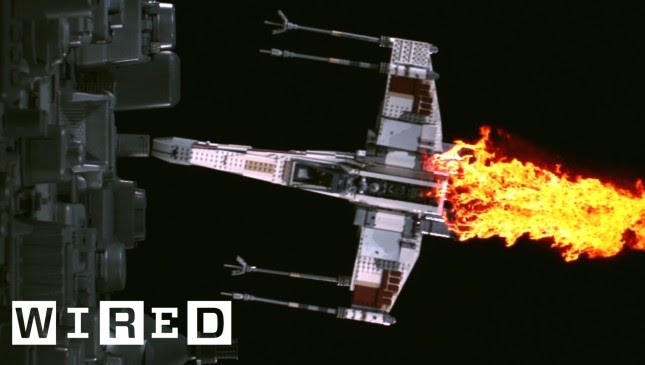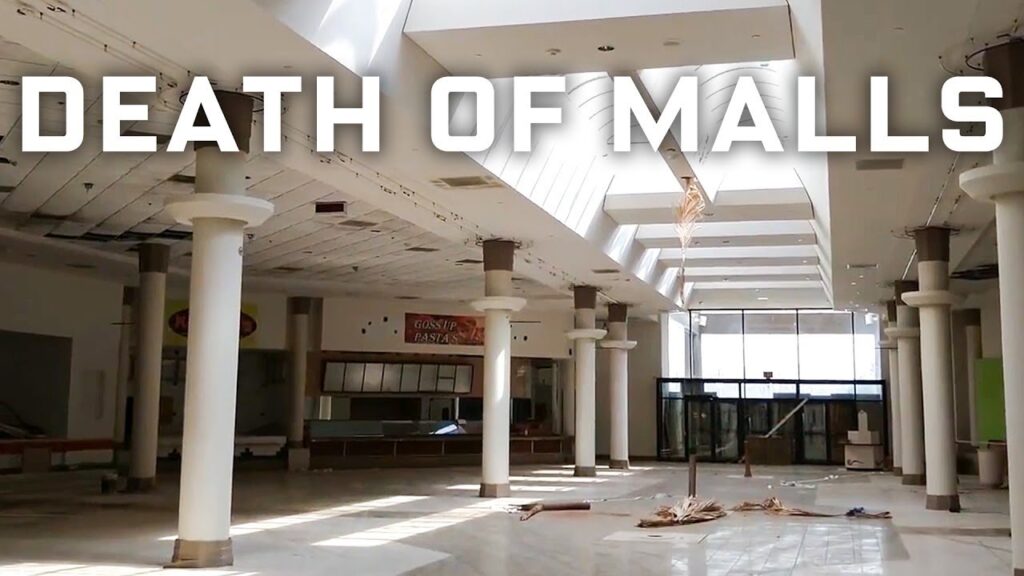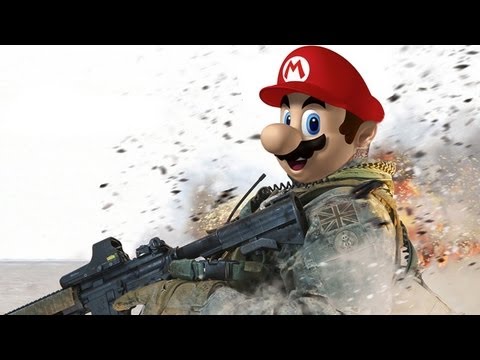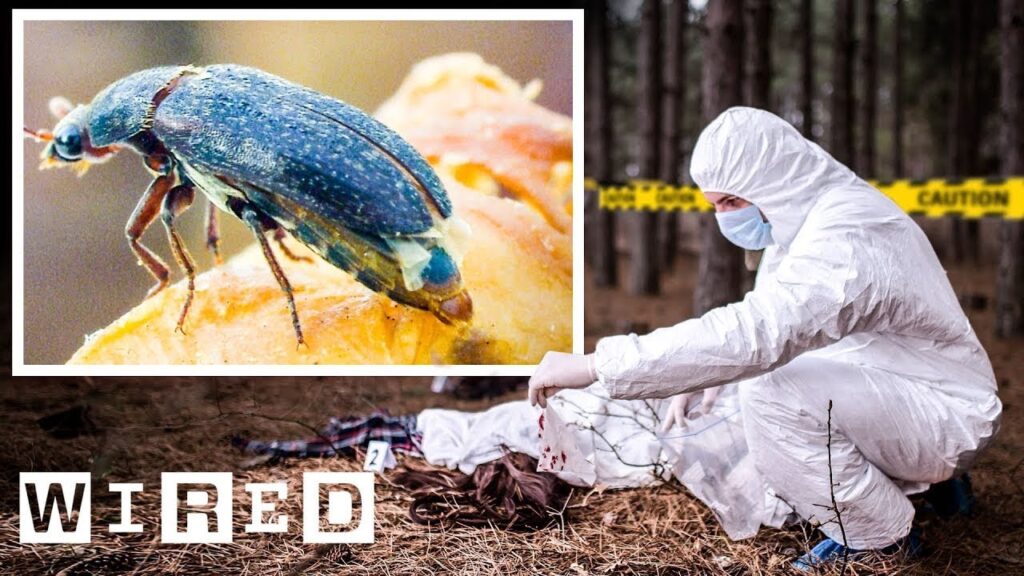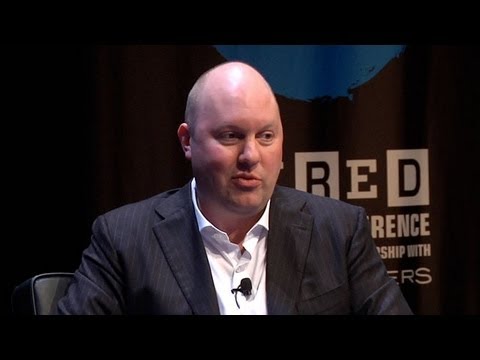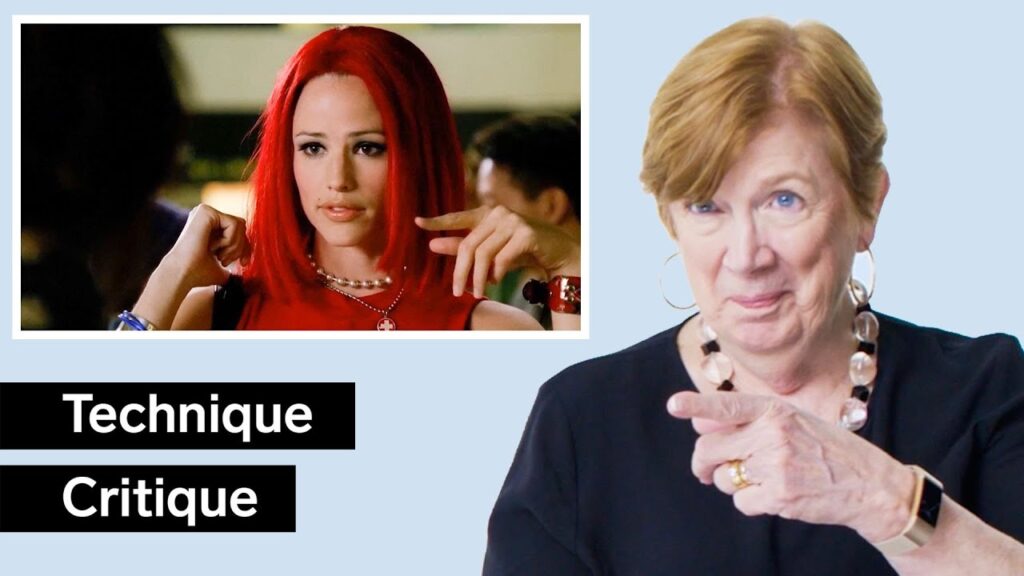Exploring the Art of Turntablism: An In-depth Look at Scratching Techniques
Summary
In this article, we delve into the world of turntablism with DJ Shortcut, as he explains the basics of scratching, building up to more complex techniques, including the one-click flare, rhythm scratching, drum scratching, and beat juggling. He emphasizes the importance of practice and experimentation, and how DJs can enhance the art form through collaboration and innovation.
Table of Contents
- Level 1-7: Explaining Scratch Basics
- Level 8: Combining Levels 1-7
- Level 9: The Crab Scratch
- Level 10: One-Click Flare and Two-Click Flare
- Rhythm Scratching and Drum Scratching
- Beat Juggling
- Conclusion
Introduction
Turntablism is the art of using a turntable as a musical instrument, and the techniques used by DJs have evolved over time. In this article, DJ Shortcut will share his insights into scratching techniques to help aspiring turntablists develop their skills. From basic scratches to complex juggling moves, readers will gain an understanding of the art and how it can be used to create unique compositions.
Q&A
Level 1-7: Explaining Scratch Basics
Q: What is the first technique you cover, and how does it work?
A: The first technique we cover is the baby scratch. It involves moving the record forward and backward with the crossfader open to create a rhythm. We start with a short scratch and then progress to a longer variation.
Q: What do you mean by “crossfader open”?
A: The crossfader is the sliding switch on the mixer that controls which deck or sound source is playing. When it is “open”, both decks can be heard at the same time, allowing for more intricate scratching techniques.
Q: Can you explain the stab scratch and how it differs from the baby scratch?
A: The stab scratch is like a push scratch, but with added speed and sharper cuts. It involves letting the record play for a brief moment, followed by a quick, deliberate scratch in a stabbing motion.
Q: What is the chirp scratch, and why is it called that?
A: The chirp scratch involves moving the crossfader in one direction while quickly pushing the record back and forth. It’s called “chirp” because the scratch produces a high-pitched chirping sound.
Q: How does the transform scratch differ from the other techniques?
A: The transform scratch uses the crossfader as an on/off switch while moving the record back and forth. This creates a cutting or chopping sound similar to a transformer robot.
Level 8: Combining Levels 1-7
Q: What does it mean to combine levels 1-7?
A: Level 8 is where we start to combine all of the foundational scratches we have learned so far, incorporating them into one sequence over a beat. This allows for more complex and dynamic musical compositions.
Q: Can you give an example of a combination of levels 1-7?
A: Sure, we might combine a baby scratch with a transform scratch, followed by a chirp scratch and ending with a fade scratch. The possibilities are endless, and it’s up to the DJ’s creativity to come up with new combinations.
Level 9: The Crab Scratch
Q: What is the crab scratch, and why is it called that?
A: The crab scratch utilizes all the fingers from the pinky to the index finger, skating across the in and out position, while the thumb acts like a spring to close the fader back. It gets its name from the movement of the fingers, which resembles the movement of a crab’s claws.
Q: Is the crab scratch difficult to learn?
A: The crab scratch can be challenging to master, as it requires coordination between all the fingers and the crossfader. However, with practice and patience, it can be a valuable addition to a DJ’s skill set.
Level 10: One-Click Flare and Two-Click Flare
Q: Can you explain the one-click flare and how it’s done?
A: The one-click flare involves an open fade, a trip forward, almost immediately reopening the fade, rewinding the record back to the top of the sound, an open fader, a reverse trip, and immediately opening the fade again. It’s called a “one-click” because the record is only rewound once during the move.
Q: How does the two-click flare differ from the one-click flare?
A: The two-click flare is similar to the one-click but involves rewinding the record twice during the move, making it even more complex and impressive.
Rhythm Scratching and Drum Scratching
Q: What are rhythm scratching and drum scratching, and how do they differ from the other techniques?
A: Rhythm scratching involves using scratches to create a rhythmic pattern, often mimicking the sound of a percussion instrument. Drum scratching is similar but involves using more advanced techniques to create more complex and varied sounds.
Q: Can you give an example of rhythm scratching?
A: Sure, we might use a chirp scratch to create a hi-hat sound, followed by a baby scratch for a snare drum sound, and ending with a transform scratch to create a bass drum sound.
Beat Juggling
Q: What is beat juggling?
A: Beat juggling is a technique where the DJ manipulates two copies of the same track to create a new composition. It involves meticulously timing and adjusting the playback of the tracks to create a seamless blend.
Q: How challenging is beat juggling to learn?
A: Beat juggling is one of the most complex and advanced techniques in turntablism, requiring a deep sense of rhythm and timing. However, with practice and patience, it can be a rewarding and impressive skill to master.
Conclusion
In conclusion, turntablism is a unique and evolving art form that allows DJs to use the turntable as a musical instrument. From basic scratches to complex beat juggling, there are endless possibilities for creating innovative and dynamic compositions. With the guidance and inspiration of DJ Shortcut, aspiring turntablists can build their skills and continue to push the boundaries of this exciting art form. Keep practicing and experimenting, and who knows what new scratching techniques and sounds you might create!

